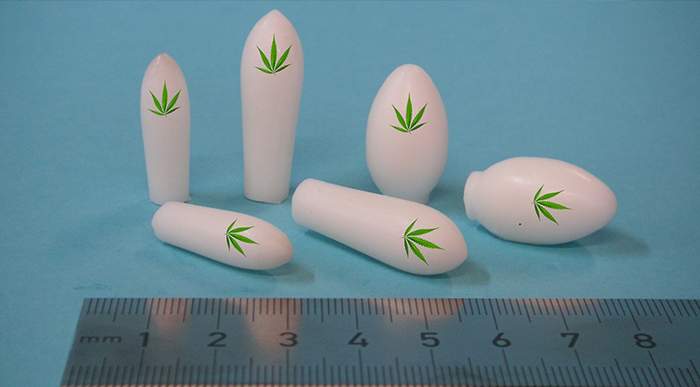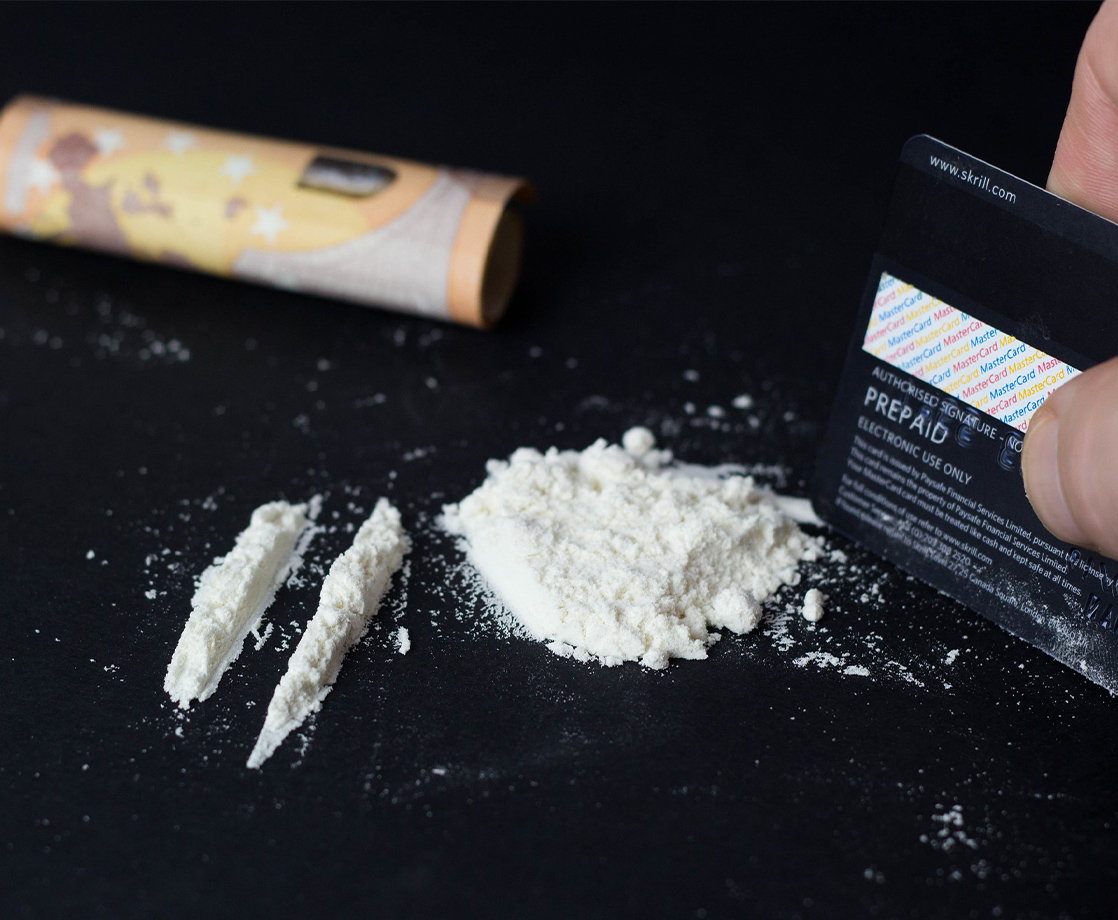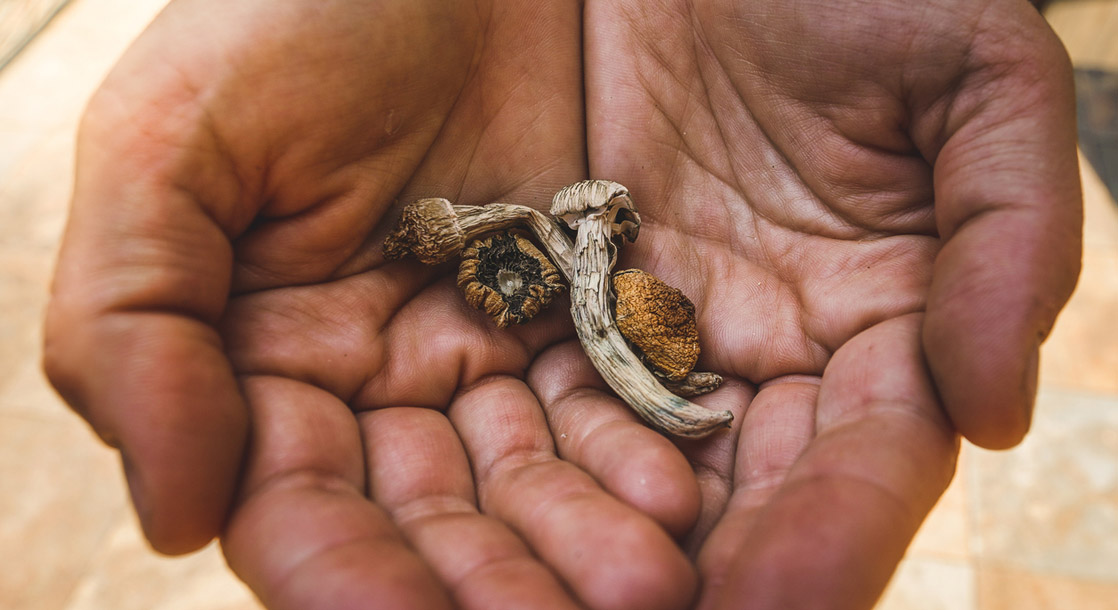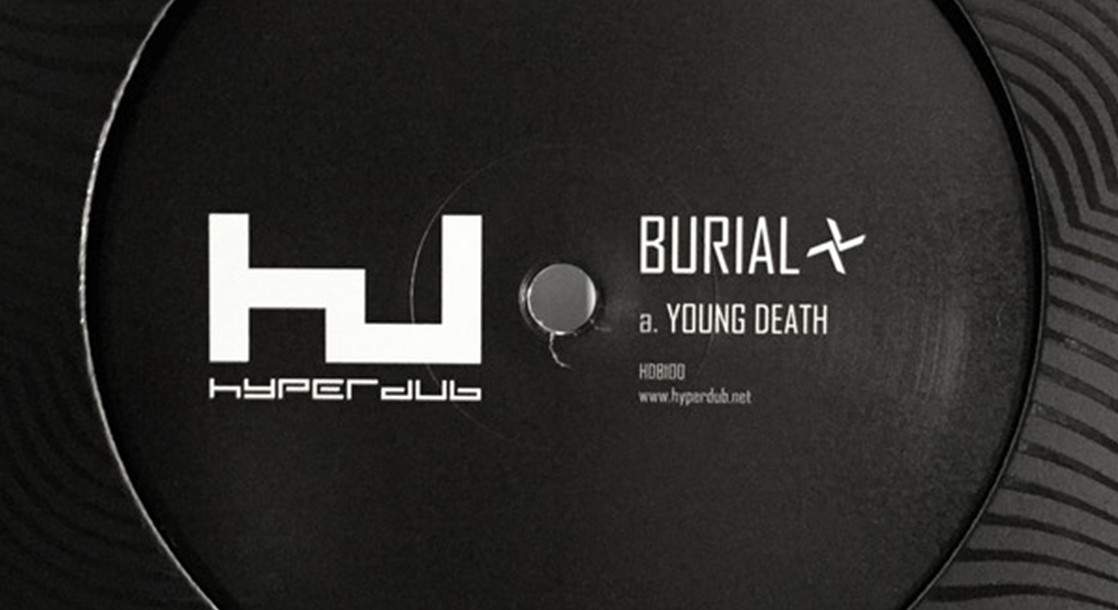Fifth generation Oregonian Dr. Paula-Noël Macfie is an indigenous science researcher, mother of two, and medical marijuana patient who, three years ago, started using cannabis suppositories religiously to navigate symptoms of multiple sclerosis (MS) as well as MTHFR genetic mutations, a frontal lobe brain injury, and PTSD. A self-proclaimed “philosophical lucid dreaming warrior monk,” Macfie has spent much of her life learning from native healers, tribal chiefs, and innovative researchers like Dr. Roy L. Swank, Ph.D., the creator of the Swank MS Diet.
Deeply inspired by her teachers and their non-Western ways, Macfie’s organization Back Door Medicine is dedicated to providing access to cannabis suppository education, supplies, recipes and support with a focus on nutrition. Her “back-door” technique exploits an innate biological function in humans to be incredibly effective medicine, and for the most part, without any side effects or negative symptoms whatsoever. MERRY JANE recently spoke with Dr. Macfie to learn more about this curious medical alternative to smoking cannabis, eating cannabis, taking pharmaceutical medications, and more.
Image via Dr. Macfie
MERRY JANE: What’s the history of cannabis suppositories?
Dr. Paula-Noël Macfie: Suppositories and plant medicine have been documented in recorded history for thousands of years. Suppository molds are found in old apothecaries like Heidelberg Castle in the 12th century and cannabis as plant medicine has been documented in China for over 5,000 years. This is an ancient science bridged with modern innovative research. Cannabis and suppository plant medicine is nothing new.
When did you discover the wonders of cannabis suppositories?
A few years ago, my brother was diagnosed with rectal and liver cancer. I had a deep feeling there was something to medical marijuana activist Rick Simpson’s full extract oil [RSO] that could not only benefit people with cancer, but those suffering from MS and other conditions, too. Unfortunately, without strict nutritional protocols, proper medical support and a community of cannabis healers, my brother did not live. From his passing, I was empowered to continue my research.
Then, I manifested a rectal fissure. The pain and suffering drove me mad. After using everything allopathic, alternative, and naturopathic, nothing worked. Out of desperation, I turned to the Internet—I normally do not use the Internet to do research—and intuitively found a website with an image of Tommy Chong holding a suppository mold. Looking at the molds, a light bulb turned on and I thought to myself, “Make a suppository with the oil [RSO] and use it rectally for the fissure.” So I did. Within two days, I was fully healed. It was my “a-ha” moment: “If this can heal me, imagine what it can do for others.”
Shortly thereafter, I began the process of starting a socially beneficial educational business, Back Door Medicine. I made it my personal and planetary mission to spread the good word of cannabis suppositories to all and to show people how to make their own medicine.
Who would you recommend this method to?
This medicine is for everyone, for anyone and for all of us. It prevents and relieves the pain and suffering of hundreds of illnesses, diseases, and diagnoses. I have educated patients, caregivers, and families that come from naturopaths, medical doctors, and acupuncturists with conditions such as lyme, colon/liver/breast/bone cancer, fibromyalgia, hemorrhoids, fissures, brain injury, seizures, and so on. I have personally used cannabis suppositories for MS nerve pain, spasticity, restless legs, menstrual cramps, anxiety, insomnia, and when I need to sit for a long period of time and don’t want to end up in pain.
What can someone expect to feel after administering a dose?
Cannabis suppositories deliver around 80 percent of the plant medicine, while taking cannabis orally delivers around 35 percent and smoking around 15 percent. For serious conditions, “back door medicine,” or rectal delivery of cannabis, provides the greatest amount of plant medicine delivered with zero head high. This provides maximum medicine with maximum relief and no known side-effects. Within 10 to 15 minutes, I notice I feel uplifted and better, simply because I am not focusing on my pain and discomfort.
Cannabis suppository plant medicine allows the body to activate its own endocannabinoid system and relieve its own pain, allowing the body an opportunity to heal itself. Every body is different. Intuition and listening to one’s own body is a big key to this. Finding the right dose can take some time and patience. Our western minds want a “quick fix” and this approach to plant medicine can inhibit the body from figuring out what dose it needs to effectively activate the endocannabinoid system. Communication with our body and with our caregiver is important. Navigating through the pain and increasing dosages one step at a time allows us to find the sweet spot.
Why don’t cannabis suppositories give you a head high?
When administered rectally, the plant medicine directly enters the bloodstream through the cell walls and goes directly into the body, which is quickly distributed through the vascular system. It is a direct application to the bloodstream, bypassing the liver. The liver is a key to getting high. THC travels through the liver to the brain to induce a head high. When smoked, it travels through the lungs to the villi, then on to the liver. When taking it orally, it makes its way to the liver through digestion. This method takes the longest because of the digestive process and the amount of travel it takes to get to the brain. In the brain, THC interacts with nerve receptors, causing euphoria. The bottom line: Cannabis suppositories allow for larger doses of plant medicine without the head high versus smoking and ingesting orally.
What role does nutrition play in healing?
Nutrition is a key component to healing for anyone who is suffering, or even dying. During my time with Dr. Swank, he reinforced that proper nutrition, exercise, and daily rest are essential while navigating debilitating conditions as well as chronic and terminal illnesses. Nutrition is the one thing we have control over, yet the most difficult thing for so many of us to manage. Taking any medicine, while navigating challenging health, is best balanced with nutrition that’s healing to the body. This allows plant medicine to do its job, bringing the body the peace it’s seeking. Cannabis plant medicine without proper nutrition makes the road to recovery much more challenging. For more information, check out the Swank Low-Fat Diet for the Treatment of MS.
How do you make cannabis suppositories?
The most important ingredient is full cannabis extract oil [RSO]. I use food-grade oil that is processed with ethyl alcohol. It’s very important to research the ingredients and process. The medicinal availability of cannabis varies greatly, depending on the process used to make the oil. I prefer and recommend a 1:1 ratio—one part THC to one part CBD. Due to ever-changing rules and regulations, medical patients and/or their caregivers may need to make their own full extract oil. Reliable, affordable, and clean sources are hard to come by in some areas.
Image via Dr. Macfie
Back Door Medicine Cannabis Suppository Recipe
This recipe makes approximately 25 suppositories at 85 mg each. For a greater yield with less strength, make the recipe with ½ cup or 1 cup of cacao butter (80 suppositories per gram versus 25 at 1/4 cup cacao butter). Ingredients:
- ¼ cup raw organic cacao butter
- 1 gram THC (250mg)
- 1 gram CBD (250mg)
- 1 mason jar
- 3 ml oral syringe
- 1 metal suppository mold
- 1 wrench (to tighten mold)
Directions:
- Put ¼ cup of raw organic cacao butter in a small saucepan.
- Simmer on low heat. Don’t allow it to boil. Just melt the cacao butter.
- After the butter melts into a liquid, add one gram of THC and CBD full extract oil.
- Stir with whisk until cannabis oil and butter have blended together.
- Remove from heat. Place into a small mason jar to cool.
- After five to ten minutes, fill the syringe with the melted full extract oil/butter.
- Place mixture into 2 ml suppository molds.
- Immediately, freeze. In one hour, the suppositories are ready!
Tips:
- Some recipes call for coconut oil. However, coconut oil can induce diarrhea. Use cacao butter instead.
- Keep them in a freezer-safe plastic container, wrapped in parchment paper for extra protection, until you need to use one.
- The finished suppositories melt quickly with warm hands, so learn to be comfortable with your body when quickly inserting.
- If you need assistance, use a suppository applicator.
- Keep a journal. Write down your recipe so you can adjust as necessary and keep track of how you feel.
Do you have any life hacks you can share with fellow medical marijuana patients using cannabis to mitigate symptoms of chronic illness?
Number one: Always be willing to confront discomfort and deal with medical issues before they exacerbate. Many of us with medical cards are dealing with really awful conditions that make having any quality of life extremely challenging. Having a person around you who can share your healing journey with is key. Many people flee a sick person, so isolation and aloneness can be a real big problem. Having some level of personal support with openness to cannabis suppositories is essential.
Number two: Proper nutrition, rest, and daily movement to help inspire crucial oxygen are necessary for the plant medicine to fully activate the body’s endocannabinoid system and ignite a regenerative healing process.
Number three: Be your own best DJ and listen to uplifting music daily. Music, like DJ JaBig’s deep house mixes, gets me moving, dancing, or singing and brings uplifting energy into my healing kitchen.
Where else do you recommend people go to learn about suppositories?
I currently teach a class in Portland, Ore., called “Healthy Mindset: Nutritional Healing and Plant Medicine” through the MS Society of Portland. It’s currently open to those with MS, yet I am working on expanding it to anyone who is navigating challenging health conditions. We talk about nutrition, cannabis plant medicine, and suppositories. Getting people used to the idea of putting cannabis up their “back door” is the first step. Education is key, along with trying it before the body suffers too greatly. Sharing research and educating for the simple purpose of education and accessible plant medicine knowledge has been fantastically fulfilling. I hope many more people consider it as a viable option for the ease of their pain and suffering. I am available for classes, events, conferences, and one-to-one meetings.











